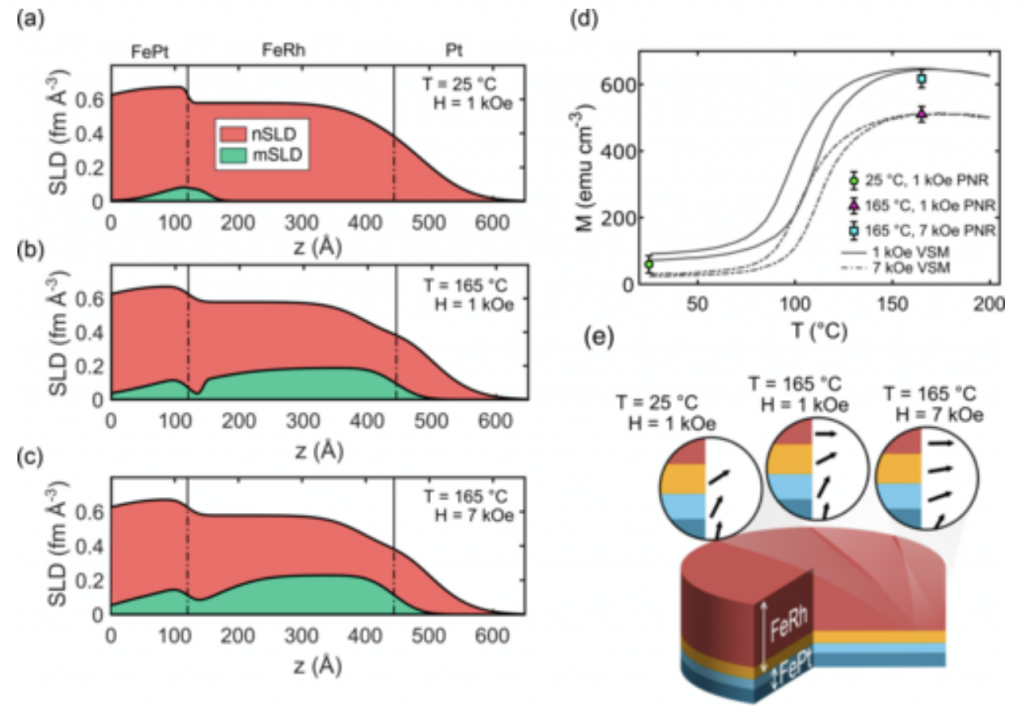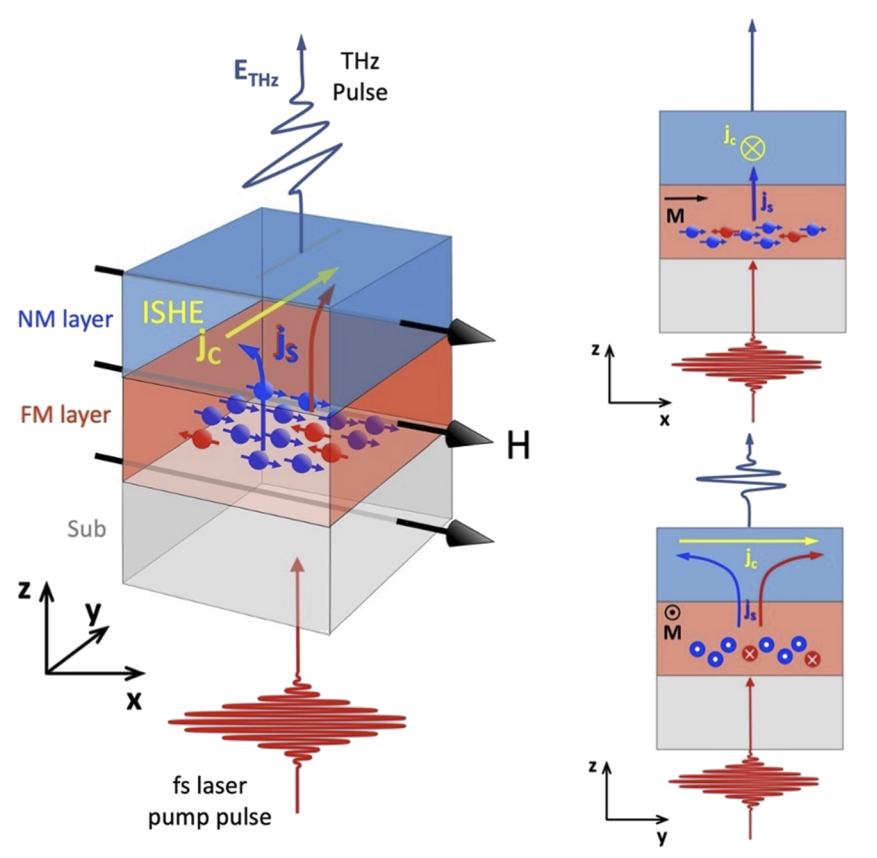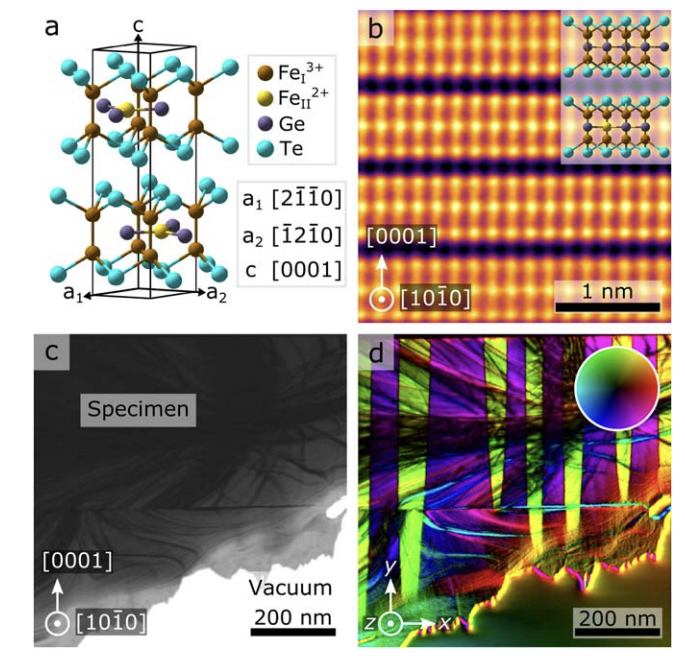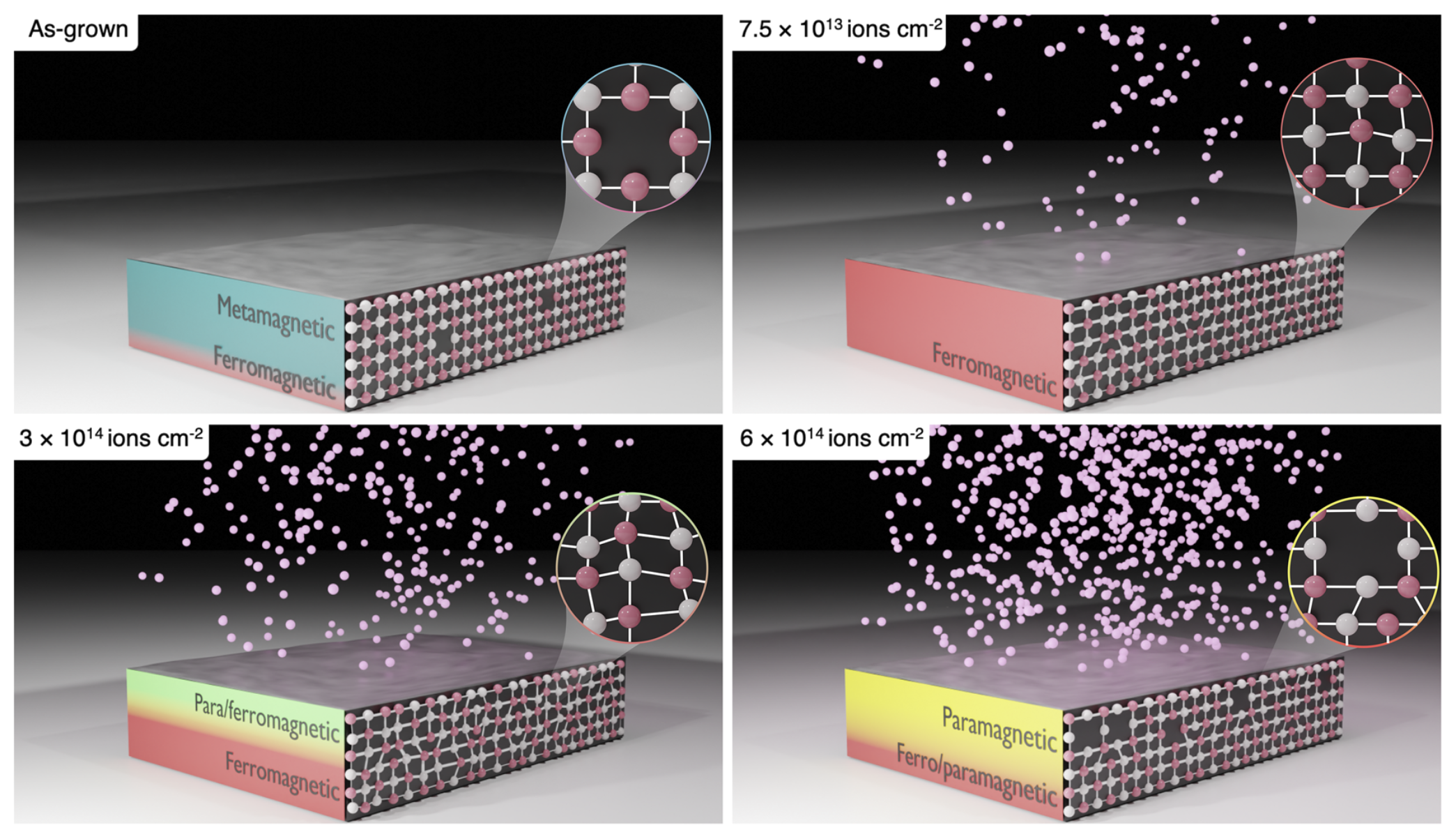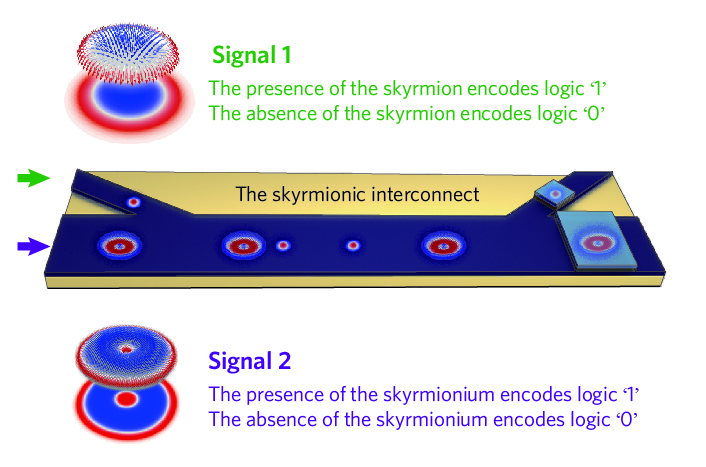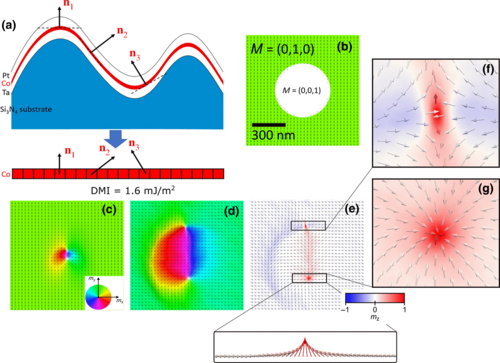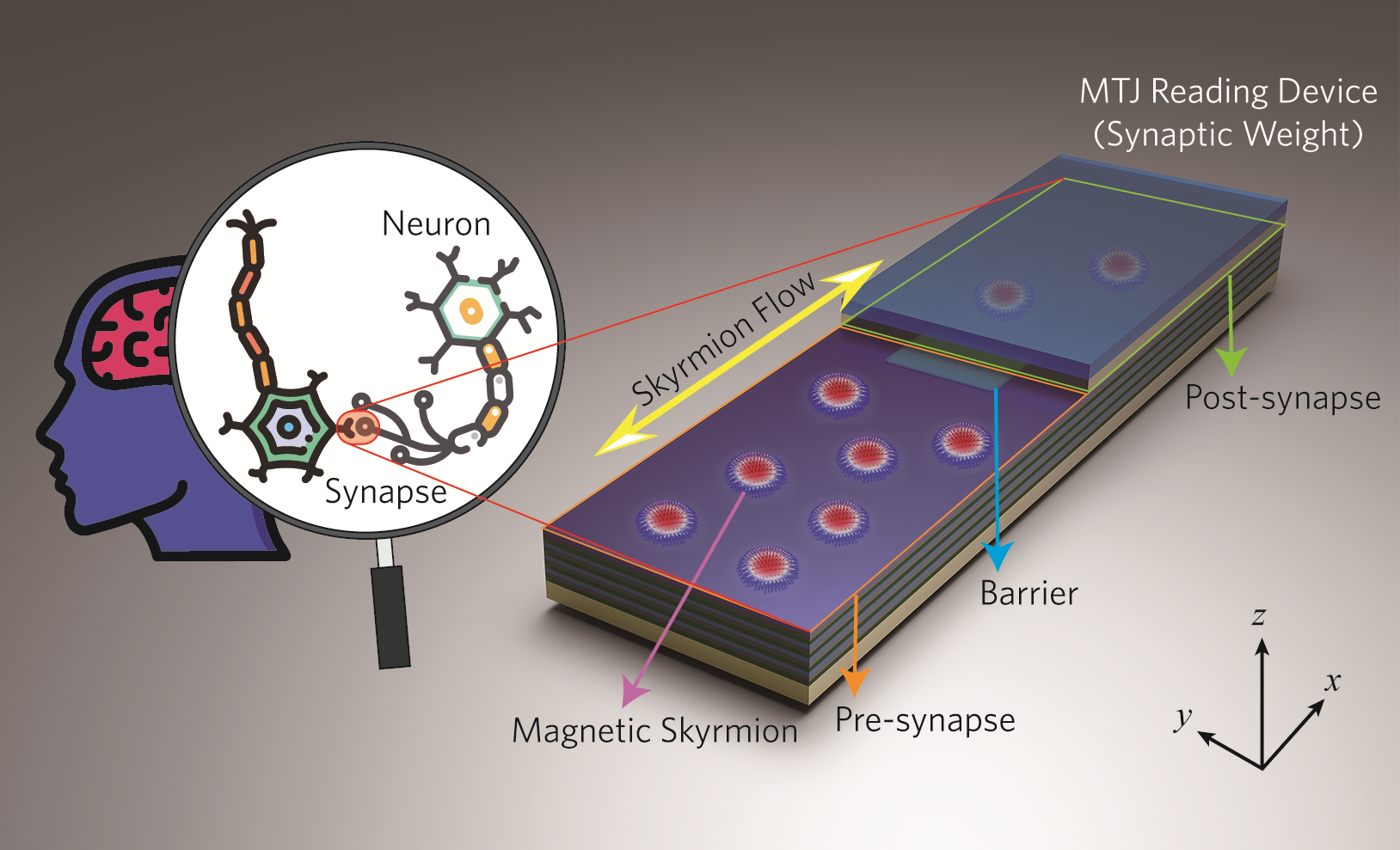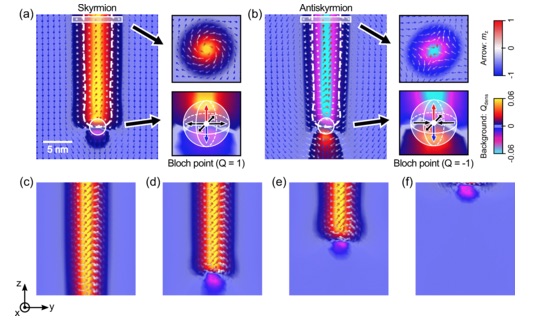We have had a research paper “Spintronic terahertz emitters exploiting uniaxial magnetic anisotropy for field-free emission and polarization control” by S. M. Hewett, C. Bull, A. M. Shorrock, C-H. Lin, R. Ji, M. T. Hibberd, T. Thomson, P. W. Nutter, and D. G. Graham, published in Applied Physics Letters. You can view the paper online here.
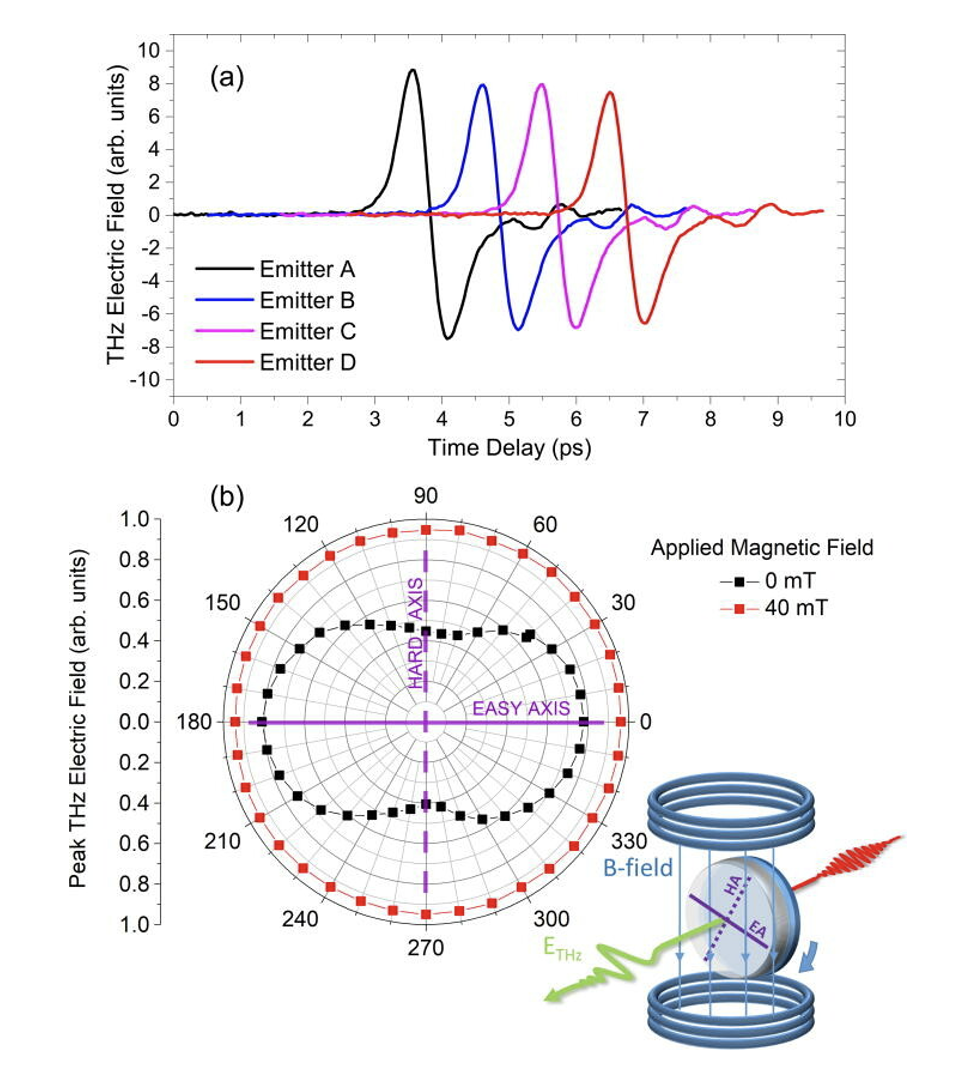
Abstract: We explore the terahertz (THz) emission from CoFeB/Pt spintronic structures in the below-magnetic-saturation regime and reveal an orientation dependence in the emission, arising from in-plane uniaxial magnetic anisotropy (UMA) in the ferromagnetic layer. Maximizing the UMA during the film deposition process and aligning the applied magnetic field with the easy axis of the structure, allows the THz emission to reach saturation under weaker applied fields. In addition, the THz emission amplitude remains at saturation levels when the applied field is removed. The development of CoFeB/Pt spintronic structures that can emit broadband THz pulses without the need for an applied magnetic field is beneficial to THz magneto-optical spectroscopy and facilitates the production of large-area spintronic emitters. Furthermore, by aligning the applied field along the hard axis of the structure, the linear polarization plane of the emitted THz radiation can be manipulated by changing the magnitude of the applied field. We therefore demonstrate THz polarization control without the need for mechanical rotation of external magnets.
